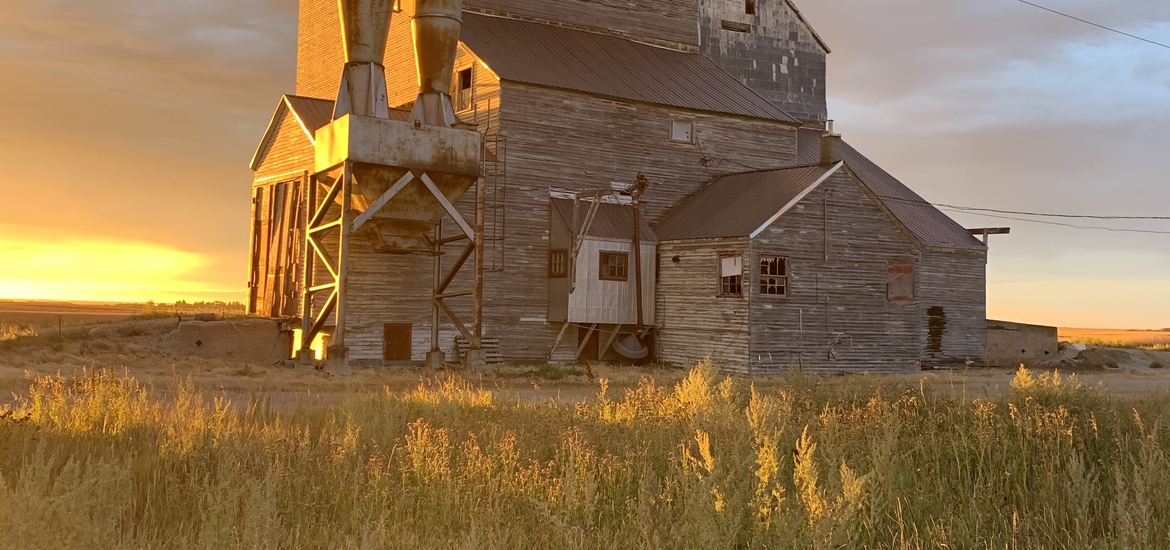By David Siebert, Researcher
Take a moment and write down some places where you can remember feeling a positive emotion. It doesn’t have to be much more than a corner or nook, room or hallway within a building. It doesn't have to be a building at all: it could be a yard, hill or field, a hiking trail, creek or a tree. It doesn’t have to currently exist either – it could be a place you remember from your childhood, a place you lived, a place you vacationed.
Where is it? Is it still there? If not, how did you feel when it was changed or removed? What emotions were present for you, even negative ones? Why are these emotions attached to that place?
Broadly speaking, the idea that people have emotional attachments to places is called just that: 'place attachment'. This idea and area of study acknowledges that places make people feel emotions, which contributes to how they understand, use, and experience a place. People like or don't like a place because it makes them feel a certain way. People also feel conflicting emotions about places and those emotions are not constant, as they can change as the place changes.
An example from my own experience: in the city where I grew up and went to university, there is a used bookstore and coffee shop called Black Squirrel Books. I used their cafe as a work and study place; I bought books there for pleasure, school, and as gifts for others; I met friends there on purpose, and often by accident. I associate it with happy emotions, contentment, intellectual experimentation, and comfort. In Regina, visiting Stone’s Throw Coffee, I immediately felt similar emotions because it made me feel like I had in another place that I enjoyed, and it made me feel like I had a place in a new city.
A negative example: a close friend recently visited the city where we both lived and went to school in the 2000s-2010s. It has seen a big tech boom, which took place as we were leaving in the mid-2010s. When we spoke, he said “it’s changed a lot, it isn’t the same place we lived in.” His emotional attachment to where we lived had changed, and in his view it was not even the same place where we once lived. Visiting that place, and not finding the place he left, made him sad, and through his description, I felt sad about this too.
What this means in heritage is that people do not feel connected to places because of the age of the place, what is written in its statement of significance, or its association with historic people and events. In some research, people described their emotional connection to a place by referencing the personality of that place. People feel emotions based on their own experiences, the feelings (or “vibes”) that a site produces, and the meaning they find in it. People may not care what the architectural style of a place is called or when it was built as much as how it makes them feel a particular way.
On one hand, this is important to understand for designation: the general public may value a historic site for very different reasons than those who make decisions about heritage are willing to understand, and the emotional reactions members of the general public have to change is different than those who work in the heritage field may have. On the other hand, this attachment does not always surface until something happens to that place (i.e. it is damaged, changed, or demolished), making it hard to understand what a community feels about a place. Often this occurs so suddenly, or so late in the bureaucratic processes that govern heritage places, that the community barely has time to express or understand these emotions before the place is gone forever.
This summer, we have received funding from Young Canada Works to hire a student who will survey and document grain elevators in Saskatchewan with a focus on the present as well as the past. What do grain elevators mean now, and how is that different from the past? It seems, from research in other places, that the loss of valued heritage sites that people have an emotional connection to has a negative impact on community wellbeing. Grain elevators are iconic of the prairies; they often form part of a person’s understanding of their identity in Saskatchewan, or part of their place attachment when they leave.
If you know of a grain elevator off the beaten track, one that is especially valued by a community, or one with an ongoing use, please reach out to us. Places like these matter to people; their loss is felt, and their continuation is celebrated in big and small ways.
Works referenced:
Madgin, Rebecca. Why Do Historic Places Matter? Emotional Attachments to Urban Heritage. University of Glasgow, 2021, p. 7. https://eprints.gla.ac.uk/252856/1/252856.pdf
“Place Attachment | Connecting Emotionally to Your Heritage.” Edinburgh World Heritage, 23 Aug. 2019, https://ewh.org.uk/place-attachment-connecting-emotionally-to-your-heritage/.
Wells, Jeremy C. “The Affect of Old Places: Exploring the Dimensions of Place Attachment and Senescent Environments.” Place Meaning and Attachment: Authenticity, Heritage and Preservation, Routledge, 2020.


